
Number of species in the collection: 7.
Pictures of Proteobacteria:

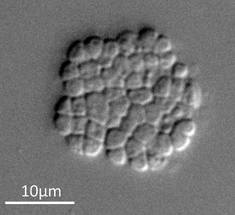
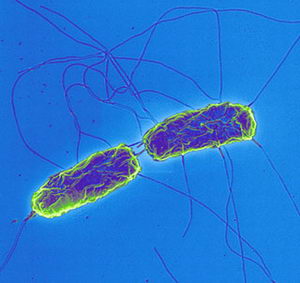
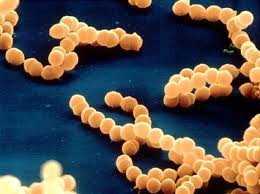
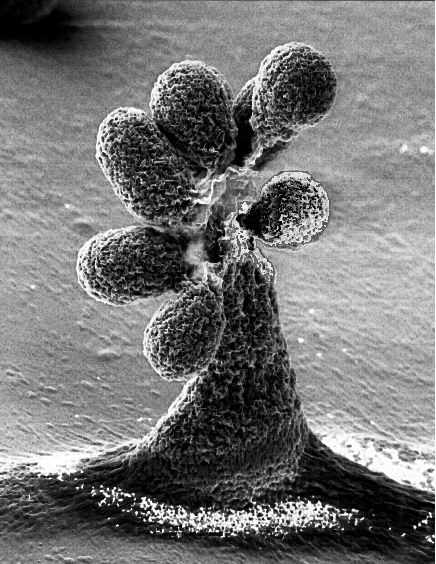
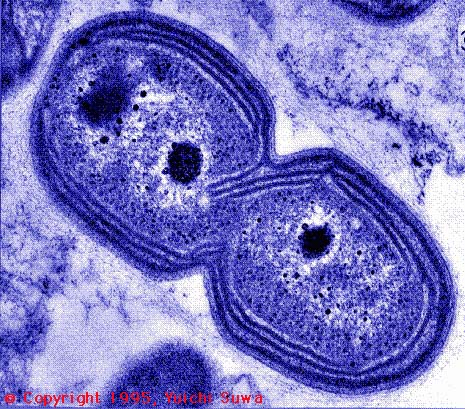
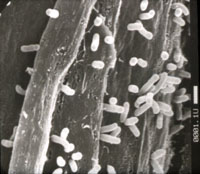
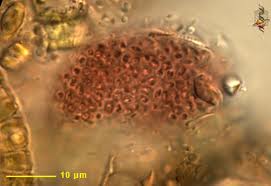
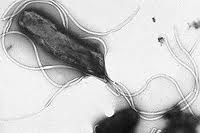
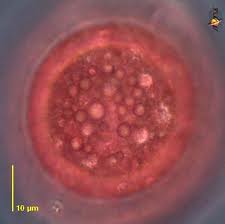
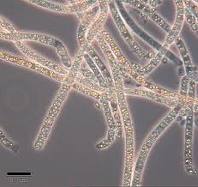
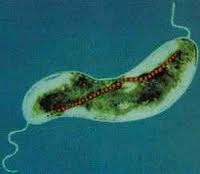
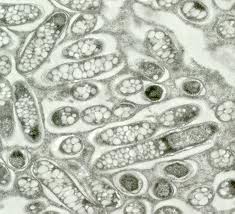
Characteristics of Proteobacteria:
The kingdom of Proteobacteria (named after the Greek god Proteus, capable of assuming any form) constitutes the most diverse kingdom of life, possessing extraordinarily varied metabolisms. It contains species that do not respire oxygen (are anaerobic), or that can respire oxygen, nitrates, sulfates, iron... feed on organic matter, mineral matter, perform photosynthesis releasing sulfur or sulfate instead of oxygen, can use hydrogen as a source of electrons for photosynthesis, are capable of transforming nitrogen from the air into organic nitrogen, or can feed on carcinogenic compounds or extremely lethal compounds to other organisms. Due to this high variability, the group is defined by the similarities of its DNA.
Kingdom: Proteobacteriae